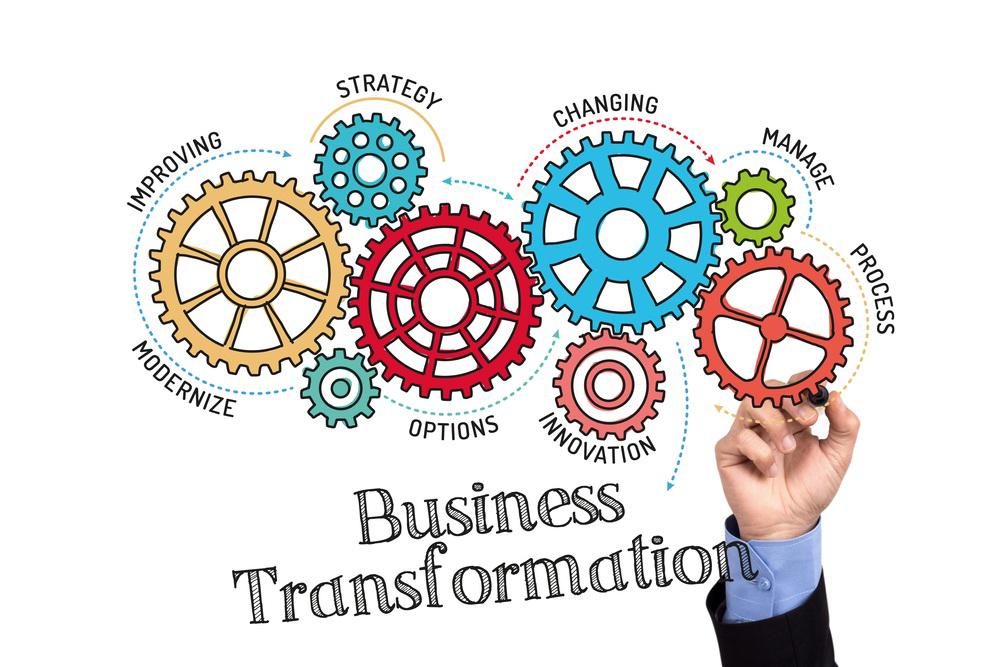
Business transformation is the process of revolutionizing the way a business functions. It’s a holistic approach to better understanding what changes need to happen in an organization to better meet goals.
It’s results-focused, not tools-focused. And as a result, it’s a more successful approach to improving an organization than digital transformation initiatives.

What Is The Business Transformation Process?
Determine business goals: Every business transformation needs to have specific, realistic goals. This helps determine how effective the transformation is. Map out processes: Visual representations of workflows provide a clear illustration of how a business functions.
Analyze processes: Process mapping helps identify slowdowns, redundancies, waste, and risk. These are the areas to target for business transformations. Establish a baseline for data: This provides a comparison point to help leaders and employees see how transformations impact business performance. Interview major players: Determine what is needed to get buy-in by speaking with the individuals who will be directly impacted by any process improvements. Select the right tools: Find the right solutions that improve (not limit) organizational performance. This could be a custom or out-of-the-box solution.
Get buy-in: Establish a positive mindset toward organizational change to help ensure team members embrace new systems. Build, deploy, and test solutions: Build out the necessary solutions to integrate platforms, automate workflows, and improve processes.
Optimize process improvements: Once new solutions go live, they need to be improved based on feedback and performance.
Expand: Business transformation is continuous. Organizations should continue to look for additional workflows to improve